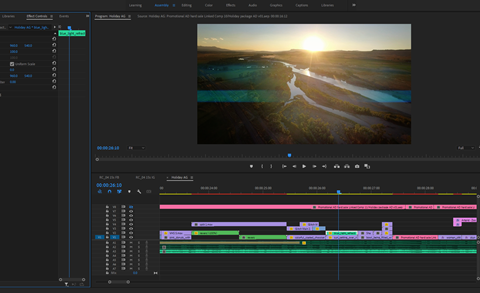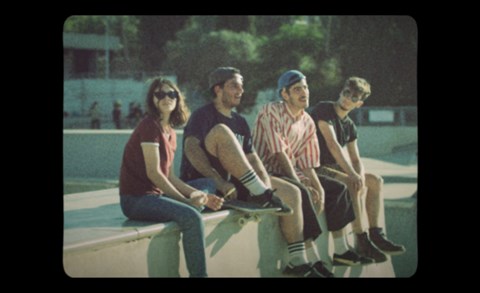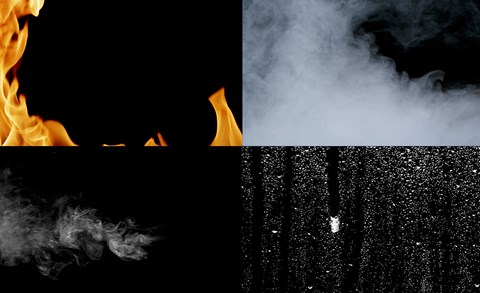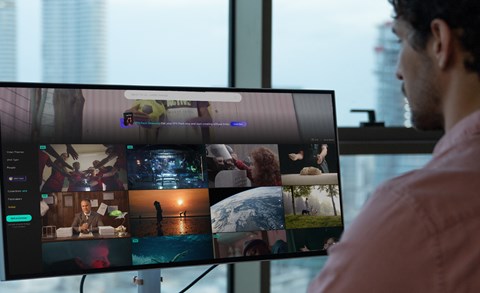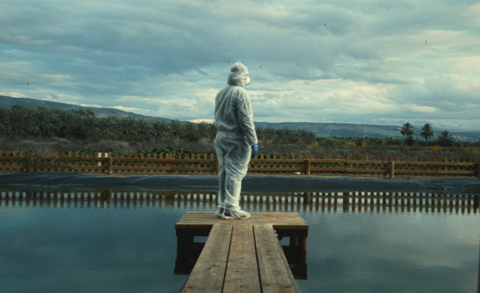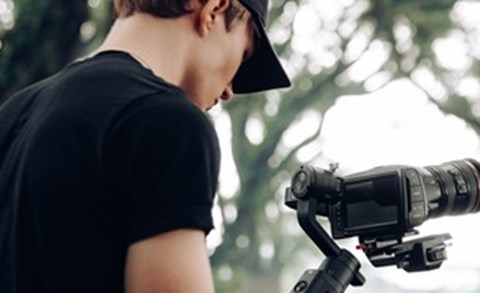Lens flare. Light flare. Lens glare. Shooting in conditions with a bright light source can lead to glowing artifacts or patches of haze with very low contrast in your footage. While it might be very irritating if you don't want it, lens flare can add a lovely feel to your work, too. Whether you do or don't want it, it's best to know what causes lens flare and how best to control it.
What is lens flare?
Lens flare happens when light from a bright source–often the sun, but not always–enters your camera lens. Instead of hitting the sensor to form the image, it bounces around inside the lens. This non-image-forming light reflects off of the lens elements, the diaphragm and even the sensor, creating artifacts on your footage.
Lens flare can present itself in different ways, and sometimes you'll think it looks terrific and enhances your scene. Other times, you'll think it ruins your shot.
This clip shows ghosting, veiling and how adjusting your angles can remove flare, too.
You'll find lens flare shows up in 3 different forms: ghosting flare, veiling flare or as red dot or sensor flare.
Ghosting flare
Ghosting flare is a sort of starburst effect that can scatter polygonal shapes, aka ghosts, across your scene. The exact shape of the ghosts will depend on your lens' diaphragm, but they usually have between 5 and 8 sides. In general, ghosts tend to streak out in straight lines from the light source. The more elements you have in your lens, the more ghosts can appear as there are more surfaces from which the light can reflect.
Anamorphic lenses produce a distinctive streak-like lens flare that looks like stripes of light across the screen.
Veiling flare
Veiling flare resembles a haze that washes out your image and reduces contrast in a scene. This usually happens when the light source is outside your actual image but is still very bright.
You can see the loss of contrast in this clip
Sensor flare
Light that bounces off the sensor, into the lens, and then back to the sensor is called sensor flare. It is sometimes known as 'red dot flare' because it displays as red dots radiating from the light source. This type of lens flare is most typically associated with small mirrorless cameras that have a short flange distance.
How to avoid lens flare
If you want to avoid lens flare, you have plenty of options.
First, try using a lens hood. It will help prevent stray light from reaching your lens, a bit like shading your eyes from bright light with your hand. However, you might find that your lens hood won't fit if you've attached a filter to your lens. In this case, try shielding your lens by cupping your hand around it or holding a piece of black card around it.
Your choice of camera lens will have an impact on light flare, too. Prime lenses have fewer lens elements than zoom lenses. Having fewer lens elements means fewer chances for light rays to scatter and reflect around inside the lens. For these reasons, prime lenses are a better choice to help avoid lens flare.
Focal length can also have an impact on the lens flare effect. For example, wide-angle lenses tend to be more resistant to lens flare than telephoto lenses.
If you stop down your lens, the diaphragm can cause internal reflections. The smaller your aperture, the more likely you are to see lens flare in your footage. By shooting with a wider camera aperture, you can minimize the appearance of lens flare.
Modern, high-quality lenses handle lens flare much better than vintage lenses, too. For a start, they often use anti-reflective coatings that help reduce how much light bounces around. But some have also been designed with recessed front elements that minimize reflections and therefore flare.
Keep your lenses and sensors clean. Smears on your lens and dust on your sensor can all contribute to lens flare.
Finally, think about your shooting position and angles. Try not to shoot straight into the sun and if you find that lens flare is a problem, maybe alter your position or angle. Adjusting the placement of the light source in your shot can have a significant impact. Lens flare happens more often than not when you are shooting in natural light, so you might want to look for trees, hills or even buildings that can shield you from the sun (or the moon).
When you might want lens flare
Lens flare can give a lovely dream-like quality to your work or suggest that someone is looking back on a happy memory. It can feel positive and warming or provide a sense of realization or awakening. For example, the 2021 film The Dig used lens flare to help set the scene of the extensive, open Suffolk landscape, but also to enhance the story of uncovering archaeological wonders and an emerging love story.

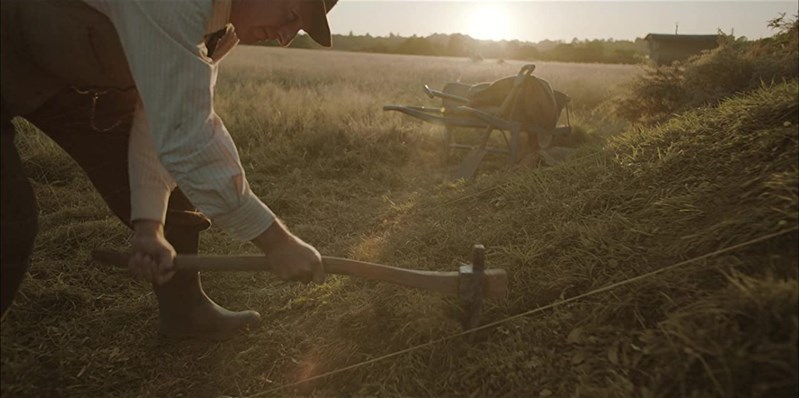

Images Taken from The Dig (2021)
There's also a sense of naturalism that comes from lens flares, which can help prevent footage from looking too contrived or stage-managed. Lens flare was traditionally regarded negatively and to be avoided at all costs. Still, Cool Hand Luke was the pioneer for the naturalistic use of lens flare in 1967, and it's something that has settled into the language of cinema.

Taken from Cool Hand Luke (1967)
Anamorphic lenses produce a cinematic lens flare which is often used in sci-fi productions or anything set in space. These flares resemble a streak of light that can give a feel of something moving extremely fast or being other-worldly. It's the sort of thing that JJ Abrams has been accused of overusing, but plenty of other directors make use of it, too.
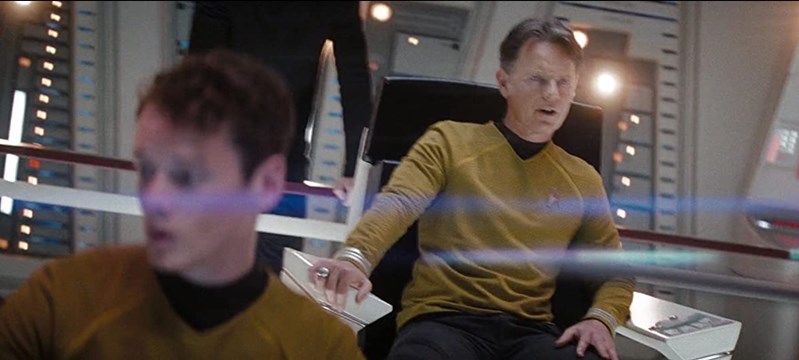

Images Taken from Star Trek (2009)
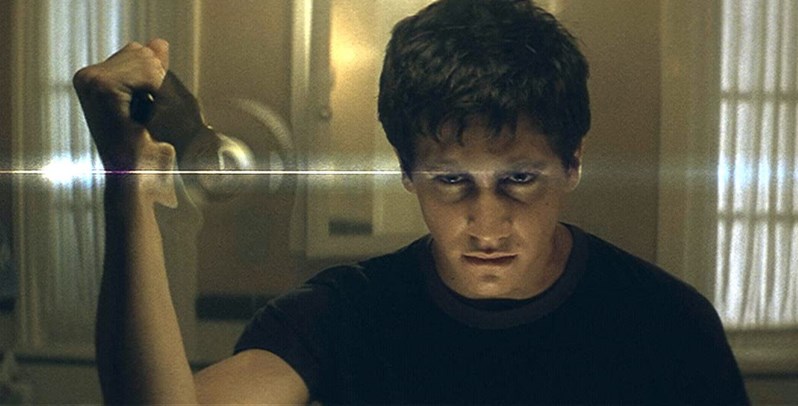
Taken from Donnie Darko (2001)
How to create or add lens flare
Capturing lens flare from your light sources works best when it is very bright, and you shoot into it. However, you can also increase your chances of capturing optical flares by using older lenses that don't benefit from anti-reflective coatings and also by adjusting your aperture and focal length to see what gives the effect you want.
If you want to add artificial lens flare effects to your footage, you can do it using video overlays, a bit like you might if you wanted to add film grain. Artgrid has some great lens flare effects that you can download. Here are some examples:
You can also purchase lens flare PNGs and lens flare transparent PNGs for a static and more consistent lens flare effect.
Wrapping up
Lens flare can bring something ethereal or romantic to your work. Or it can just be a distraction and irritation. But now you know how to minimize it or create it for whatever suits your production.

